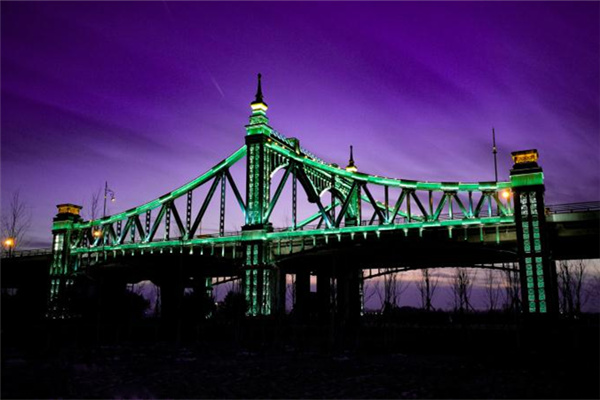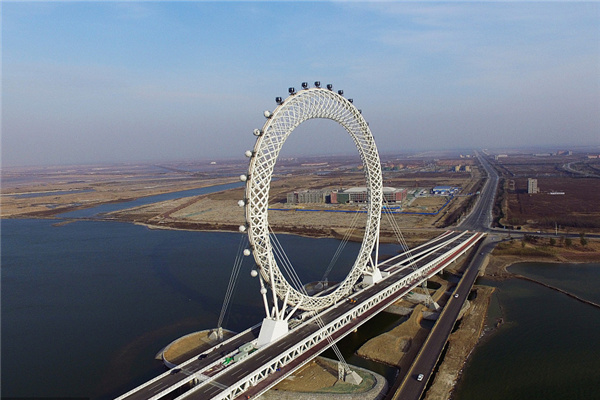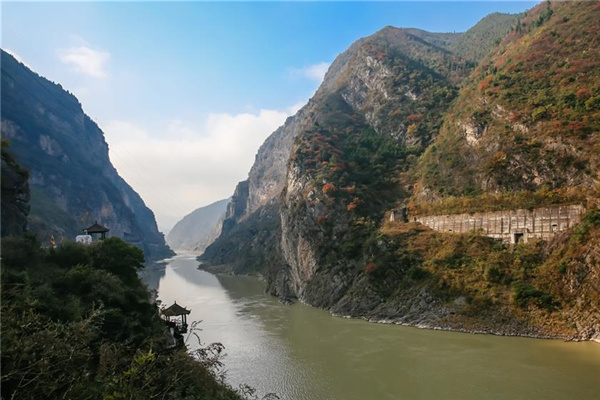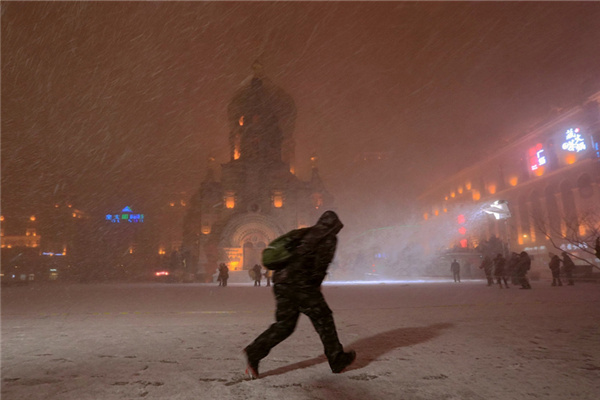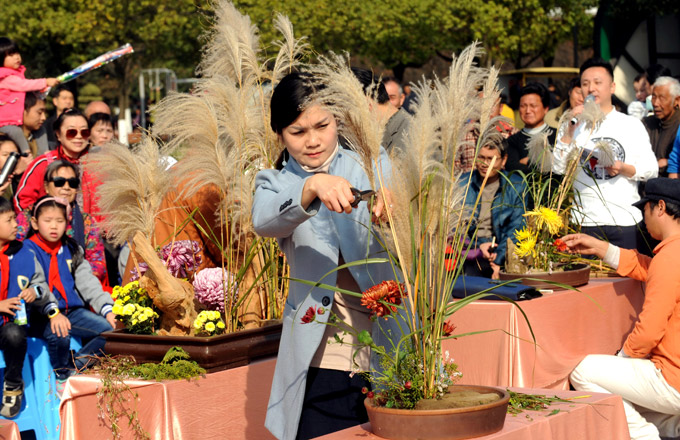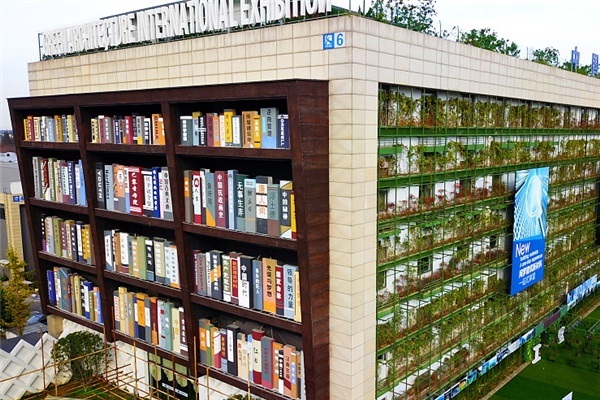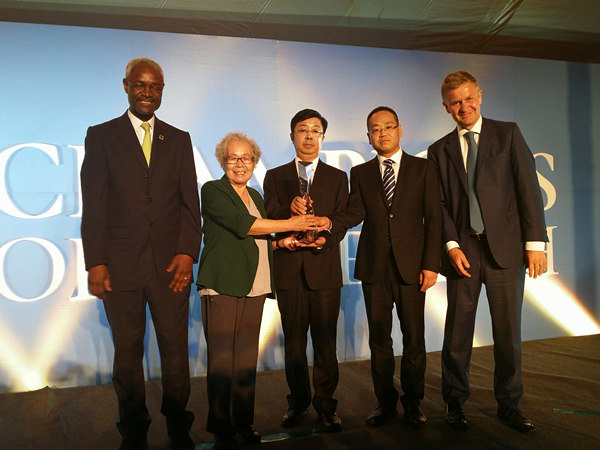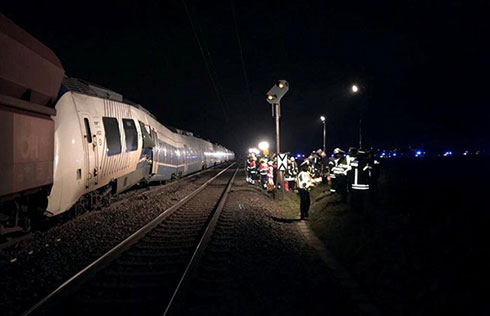

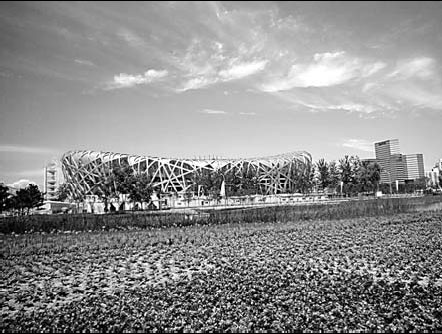
The long-awaited Beijing Olympics has come and gone, in the twinkling of an eye. People want this new Beijing - with its clear blue skies, smooth traffic, clean streets, immaculate buildings and extensive foliage - to stay forever, to become a true legacy for China.
What is actually in the Green Olympics? Numbers may offer some useful information:
For the Olympic sites: geothermal energy supplying heating and cooling for 530,000 square meters (m2) of venue, 6000 m2 of solar panels at the Olympic Village supplying all bath water, the use of renewable energy in Olympic venues resulting in the reduction of 57,000 tons of CO2 annually, energy saving and efficient designs in construction reducing CO2 emission by 150,000tons per year,
For the Olympic sites: 126 rainwater collection and recycled water designs in 15 venues saving 1 million tons of water, 680 acres of forest park, 120,000 solar powered street lamps, 2.3 million tons of sewage undergoing secondary treatment everyday with 50 percent recycled and reused, 99 percent of municipal waste treated by composting, sanitary landfill and advanced incineration, 4.7 billion m3 of natural gas replacing coal for domestic heating, 200 industrial operations relocated and upgraded, Shougang steel works relocating 50 percent of its production to outside Beijing and adopting a new eco-efficient design, power plants completing their retrofitting to remove SO2, NOx and particulates in 2007, and 11,090 Euro III or Euro IV buses on the road, 4000 CNG buses, 55,000 Euro IV taxis and over 3 million passenger trips daily on the mass transit, over a 100 percent increase since 2001.

Well, the numbers may not say it all but they do represent important measures taken in the past seven years costing over 120 billion yuan that have helped Beijing to deliver its promise as stated in the Bid document: air quality to comply with the National Standard II level (WHO 1998 guideline), sewage treatment maintained at over a 90 percent level and solid waste properly handled without a glitch. The contingency plans have worked and have provided valuable data for future plans to go that last mile in the improvement of Beijing's air quality.
Are these measures sustainable? The use of natural gas for domestic heating in the winter is here to stay; the improved vehicular emission standards (Euro IV) will not revert; the use of renewable energy (wind, solar and geothermal) will continue to grow as China develops its own technology and equipment, which all had the chance of being used and tested and there is no reason to stop it from further developing; zero emissions has proven possible in new production plants such as the relocated Shougang Steel Works and new energy efficiency building requirements and materials standards used in the Olympic venues can now be applied to the city's general project specifications.
The seven years of preparation of the Green Olympics has attained reasonable capacity building in terms of human resources. The setting up of an environmental management system can form the basis of future management structure. BOCOG has worked closely with the Beijing Environmental Protection Bureau throughout the preparation and when the Games are over, both the technical know-how and management capability will remain with the municipal government for it to continue the quest for a better environment.
Beijing is the first city in China that directly reports its air quality every 24 hours listing the values for the four key pollutants, and the Air Pollution Index is widely broadcast. The building up of people's awareness through campaigns and activities in communities and schools has been relentless for the past seven years. This transparency and public awareness will be the best monitor as well as the driving force to push for more government efforts to improve the environment.
Of course there are the much empowered and active non government organizations in Beijing, both local and international, to play watchdog.
It is up to the people of Beijing to make the most of the impact of the Olympics. Ultimately, it's the people that make the difference. The people need to understand how important is their every little step to save energy and how essential is their partnership with the government on improvement programs. Take the Green Commuting program as a good example. It is totally voluntary for people to change from private car commuting to the use of public transport (mainly buses and rail).
Will the government decide to continue with the traffic management control measures such as the alternate days for odd and even numbers? The people's support would be key to the decision.
The Olympics has served its role as a catalyst for Beijing's environmental improvement program by laying a good foundation for it over the past seven years. The efforts will continue not only in Beijing, but also in all of China because eyes have been opened and there is no turning back.
The author is environmental advisor to the Beijing Olympics organizing committee (BOCOG) and former secretary of the environment, transport and works bureau of Hong Kong. She can be reached at sstliao@gmail.com. The views expressed in the article are her own.
(China Daily 09/01/2008 page4)
